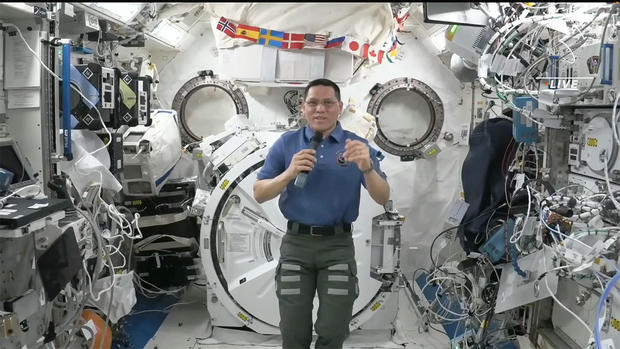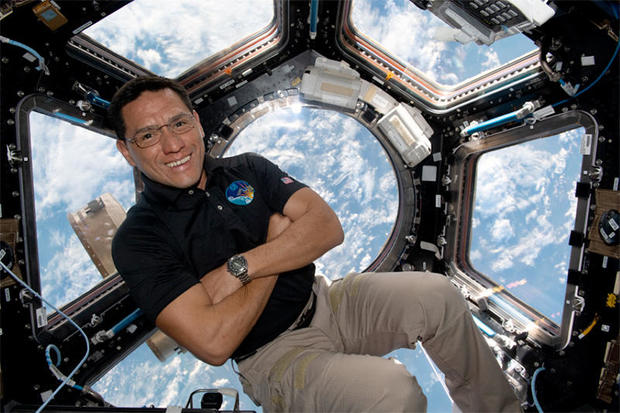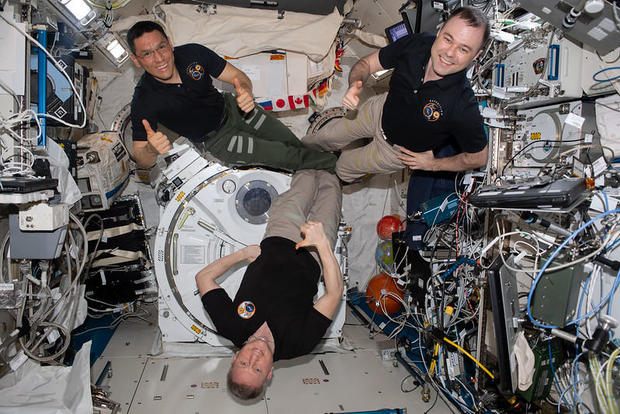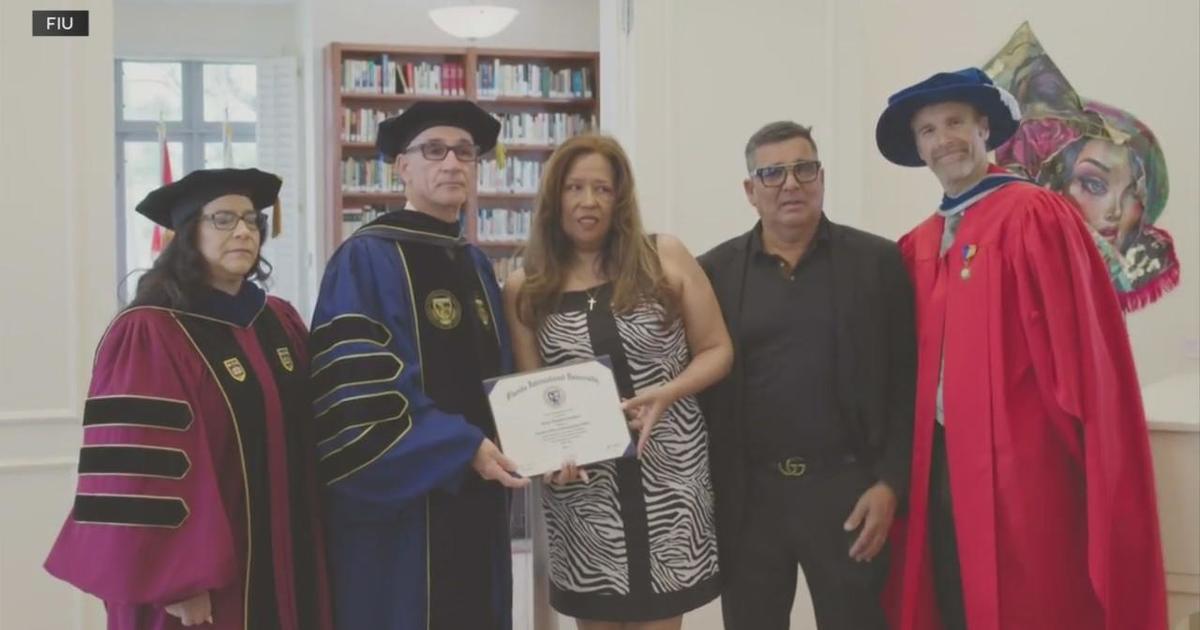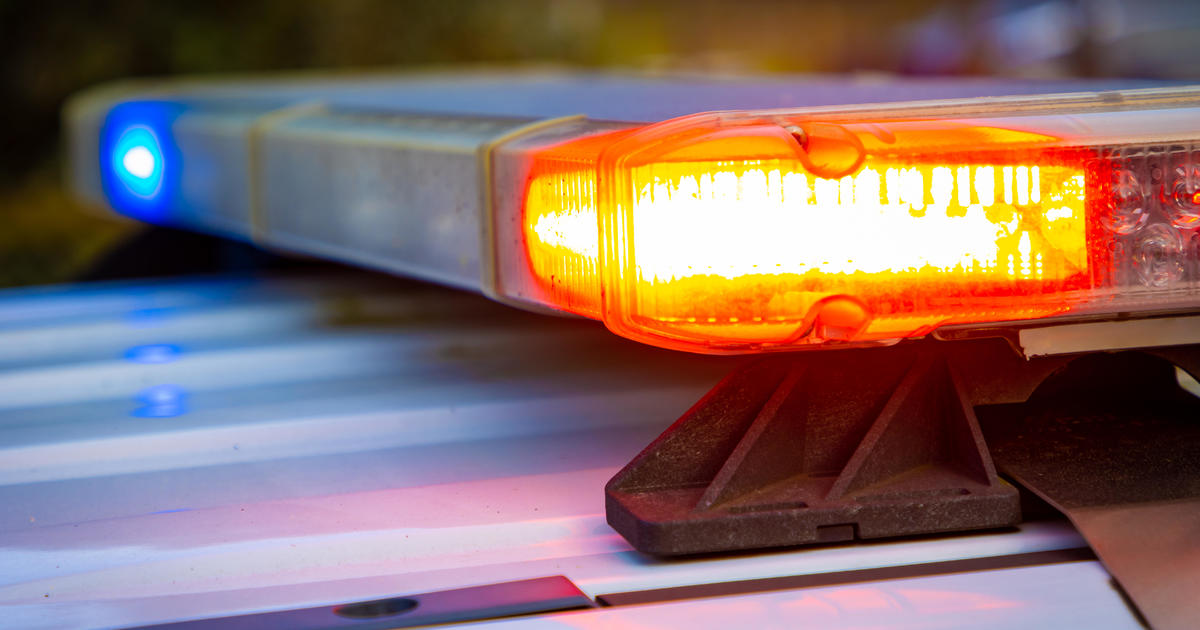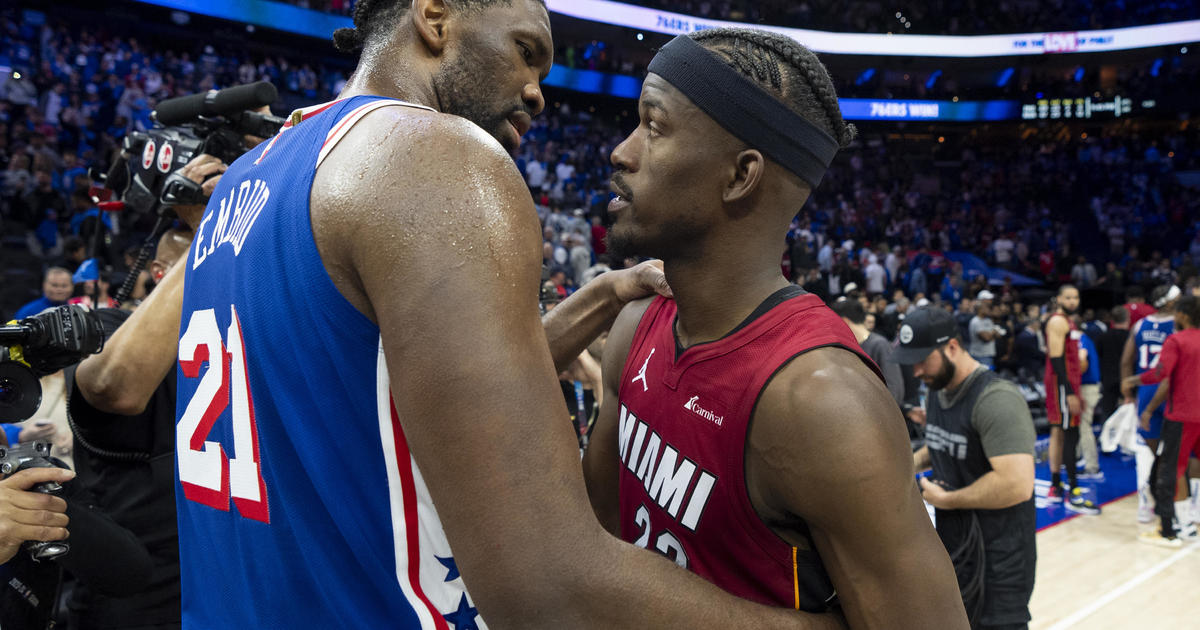NASA astronaut looks forward to family hugs, peace and quiet after yearlong stay in space
If NASA had asked astronaut Frank Rubio, well in advance, if he would like to spend a full year aboard the International Space Station, he likely would have turned it down. But that's how it turned out anyway, when trouble with his crew's Soyuz ferry ship forced them to extend a six-month stay to 12 months.
"If they had asked me up front before training, because you do train for a year or two years for your mission, I probably would have declined," Rubio told reporters Tuesday, eight days before he and his two Soyuz crewmates plan to return to Earth. "It would have hurt, but I would have declined.
"And that's only because of family, things that were going on this past year," he said of his wife and four children. "Had I known that I would have had to miss those very important events, I just would have had to say thank you, but no thank you."
But once training began for what was supposed to be a six-month flight, he was committed, and he took the mission extension in stride "because ultimately that's our job."
"We have to get the mission done," he said. "Having the International Space Station [permanently occupied] for 23 years requires a lot of individual and family sacrifices. But sometimes that's what you have to do."
That's nothing new for Rubio, a West Point graduate, UH-60 Blackhawk combat helicopter pilot, flight surgeon and family physician. Among the family milestones he missed during his extended mission: a daughter finished her first year at the U.S. Naval Academy and a son began his freshman year at West Point.
Rubio and his two Soyuz crewmates — Sergei Prokopyev and Dmitri Petelin — were launched to the space station last Sept. 21 aboard the Soyuz MS-22/68S ferry ship, kicking off a planned half-year stay, the standard duration for long-duration station crews.
But their docked and dormant Soyuz was hit by a presumed micrometeoroid last December, rupturing a critical coolant line. After several weeks of analysis, Russian engineers decided the safest course of action was to launch a replacement spacecraft, forcing Prokopyev, Petelin and Rubio to extend their stay an additional six months.
"When it finally became real that it was going to require me to stay for a full year [it] was difficult, although that decision really took a couple of months," Rubio said. "And so essentially, we knew the situation, we were dealing with it, we were coming up with options. And so although it was difficult, honestly ... my family and I had come to terms with it."
Rubio, Prokopyev and Petelin plan to strap into their replacement Soyuz MS-23/69S spacecraft and undock from the space station next Wednesday. If all goes well, they'll land on the steppe of Kazakhstan around 7:14 a.m. EDT (5:14 p.m. local time) to close out a 371-day mission, the third longest flight in space history and the longest ever for a U.S. astronaut.
After initial medical checks and phone calls home to family, Rubio will board a NASA jet for the flight back to Houston while Prokopyev and Petelin head for Star City near Moscow.
Asked what he looked forward to the most once back on Earth, Rubio said that "hugging my wife and kids is going to be paramount. And I'll probably focus on that for the first couple days."
"We're blessed enough to have kind of a quiet backyard," he added. "And I think just going out in the yard and enjoying the trees and the silence. Up here, we kind of have the constant hum of machinery. ... So I'm looking forward to just being outside and enjoying the peace and quiet."
As for re-adapting to gravity after a year in weightlessness, Rubio said it likely will take several months to get his land legs back and the normal sense of balance his vestibular system provides. But because this is his first spaceflight, and a yearlong stay at that, he's not really sure what to expect.
"When you go back to Earth ... that constant force of gravity really affects a lot of us pretty strongly, and you may end up spending a lot of time being sick," he said. "So your vestibular system is probably the most affected.
"And then after that, it's a couple of months to regain your strength. Our trainers do a great job of keeping us in shape up here. But the reality is we're not standing, we're not walking, we're not bearing our own weight. And so it just takes some time to get your bones and your muscles used to doing that consistently back on Earth. It'll be anywhere from two to six months before I essentially say that I feel normal."
